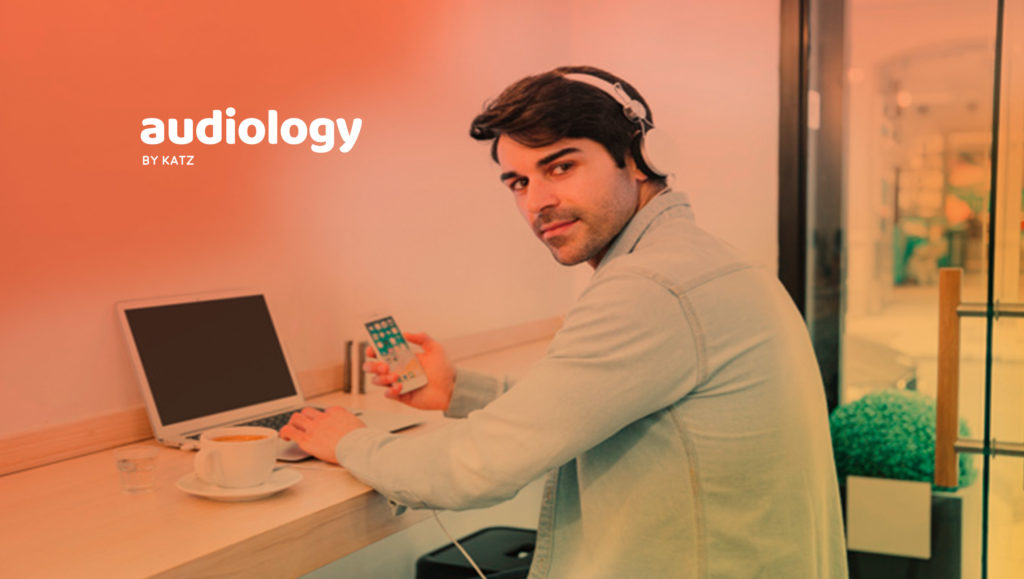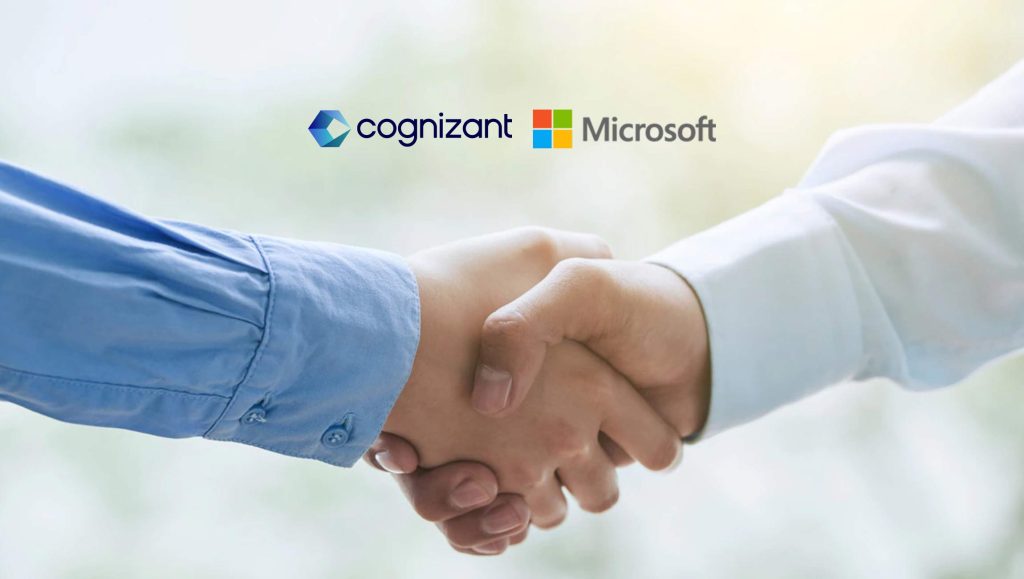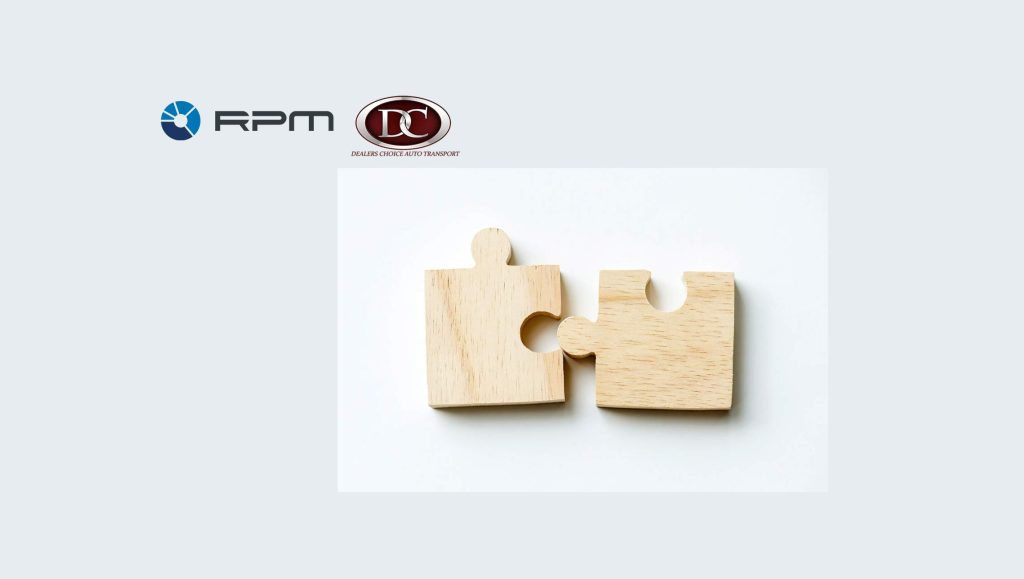-
Digital Audio Platform Already On Board with All Agency Holding Companies, 50+ Data Providers, and Pandora’s AdsWizz Tech Stack
-
Enabling Programmatic Buying in Digital Audio with Better Personalization for Consumers than Online Display
Audiology, the leading programmatic audio marketplace, has announced that it has opened its New York City headquarters. With a reach of 140 million unique listeners, Audiology, which is headed by David Krulewich, SVP, and Head of Programmatic Sales, is operating at scale with multiple clients, agencies and partners to provide data-driven audio solutions that reach highly targeted audiences in an omnichannel media world.
Working in coordination with Katz Media Group; Audiology is the exclusive programmatic sales rep for the AdWave and PodWave marketplaces, the two largest sources of programmatic audio available today.
Adobe, Microsoft And SAP Announce The Open Data Initiative To Empower A New Generation Of Customer…
“When you talk about online radio, there have been just two gold nuggets — Pandora and Spotify. Audiology allows us to break those barriers and lets us access all the mom-and-pop radio people are listening to,” explained David Feman, Vice President, Publicis’ Spark Foundry unit.
David Krulewich added, “According to eMarketer, digital audio is now the number one form of mobile media consumption, having surpassed even social media. And the trend is growing. If a brand is spending 20 percent of their budget in social media today, they should be spending at least that much in digital audio.”
Oracle Data Cloud Launches ‘Pre-Bid By Moat’ To Help Marketers Identify Brand Safe, Fraud Safe,…
Audiology’s digital audio supply, which consists of streaming radio, podcasts, on-demand music, news, and live sports, can now be streamed on the desktop, mobile, and over 120 connected devices. More recently, it has expanded into the world of smart speakers and voice-activated assistants such as Amazon Alexa, Microsoft Cortana, and Google Home.
- While other companies are just now entering this space, Audiology represents multiple offerings for different audio channels. Leveraging the AdsWizz SSP, Audiology’s supply is currently available in multiple DSPs including The Trade Desk, MediaMath, AppNexus, Adobe, RTBiQ, and AudioMatic – the first audio-centric DSP.
- AdWave: The largest digital audio marketplace in the United States whose portfolio includes 25 top audio streaming services, podcasts, and terrestrial radio stations including 7 of the top 10 publishers. Offering an environment that is 100% brand-safe and guaranteed fraud-free, AdWave was built to help programmatic media buyers efficiently execute scalable, data-driven audio campaigns against highly targeted audiences. Covering more than 2,500 premium stations, Audiology enables brands with unprecedented growth opportunities.
- Podcasts are the fastest growing form of audio today, reaching 73 million people in the United States every month and Audiology represents the single largest supply of podcast inventory. PodWave contains over 2,000 different programs, including 3 of the top Non-NPR podcasters. PodWave provides media buyers targeted dynamic ad insertion (pre, mid & post roll) allowing for campaigns to run based on the number of impressions served as opposed to downloads or sponsorships, which may lack in scale and measurement.
Affinio Joins Adobe And Episerver In Microsoft’s New Intelligent Customer Journey
“The power of audio has always allowed brands to tell their stories and engage with listeners,” said David. The rise of programmatic enabled buyers to reach consumers at scale with unsurpassed personalization. By combining the power of audio with programmatic, Audiology enables brands to engage, inform and connect with consumers in a meaningful and efficient way.”
Audiology was established to meet the needs of today’s digital media buyer. Having recognized programmatic as the preferred method of transacting media, we noticed that data-driven digital audio components were missing from too many programmatic media plans.





















